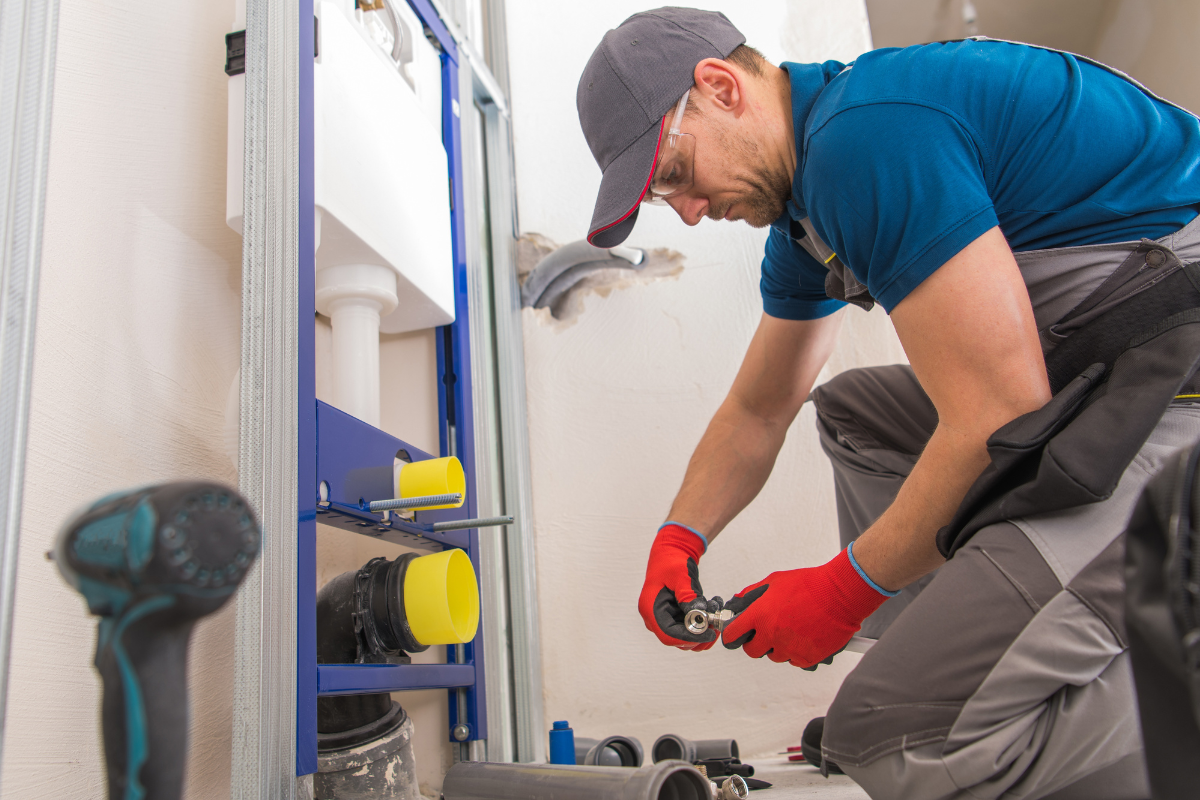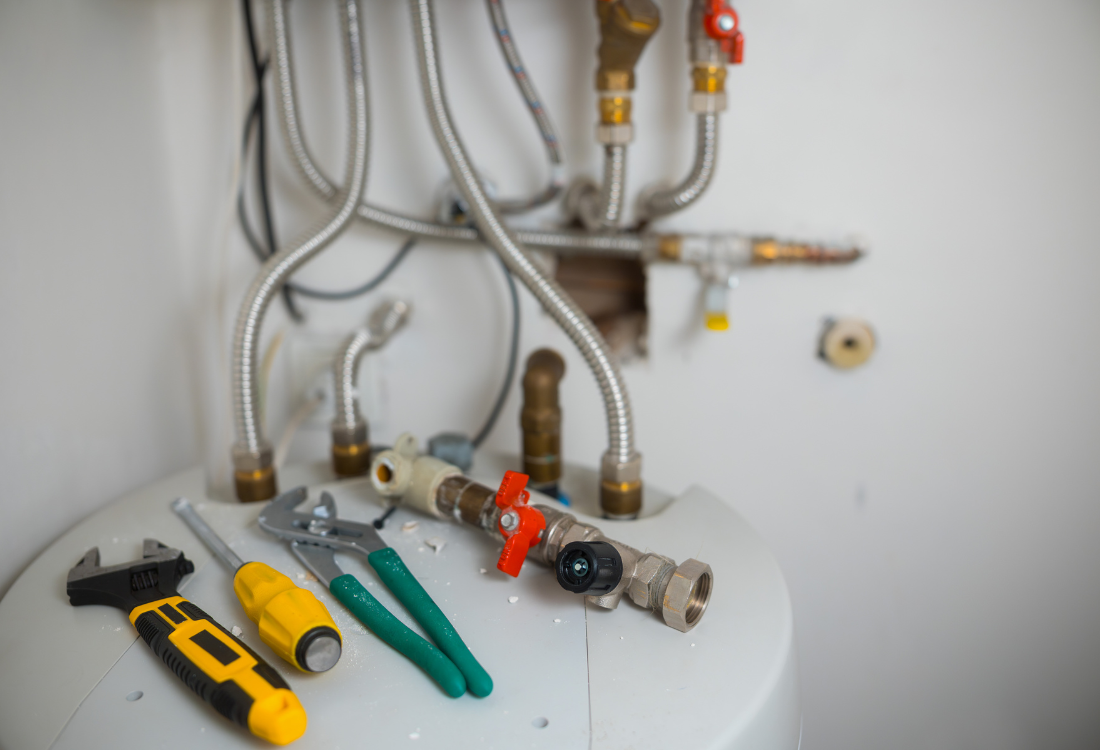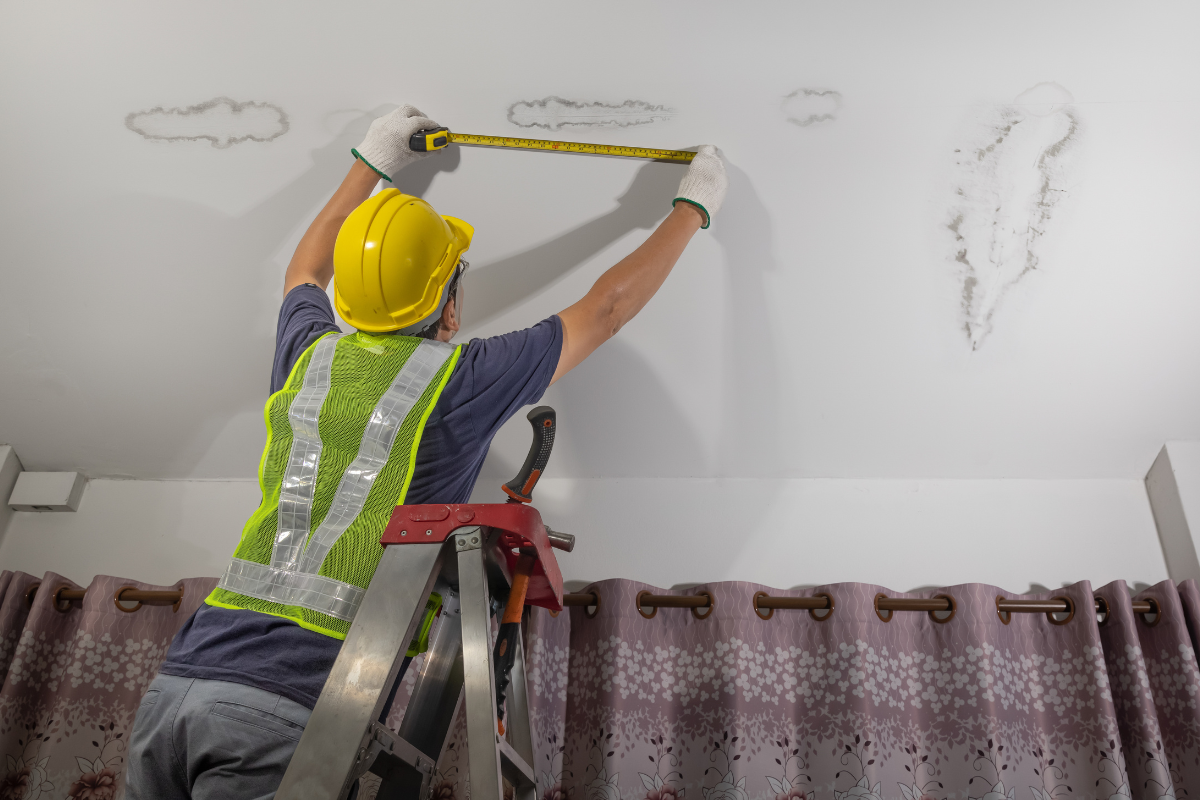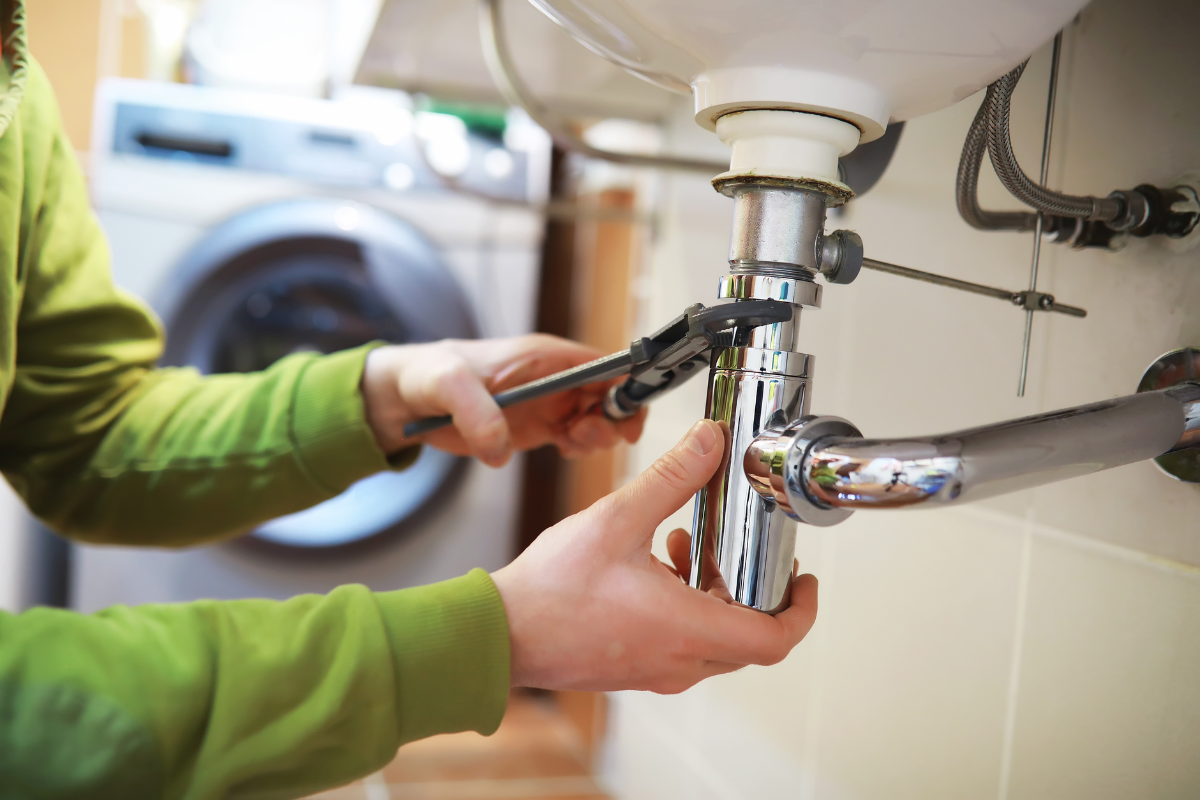
In the fast-paced, highly urbanised environment of Singapore, the functionality and maintenance of essential utilities in residential developments such as Housing and Development Board (HDB) flats are of paramount importance. Among these, sanitary plumbing plays a crucial role—not just in supporting daily life, but also in upholding public health, environmental sustainability, and structural integrity. Whether one is a homeowner, tenant, contractor, or prospective buyer, understanding the intricacies of sanitary plumbing in HDB flats can help ensure long-term living comfort and regulatory compliance.
This guide offers an in-depth exploration of sanitary plumbing systems within Singapore’s HDB flats, delving into system types, regulations, common issues, upgrades, and maintenance considerations.
Understanding Sanitary Plumbing: The Basics
Sanitary plumbing refers to the network of pipes, fixtures, and fittings used to remove wastewater from a building safely and efficiently. This includes water discharged from toilets, sinks, showers, and washing machines. The system ensures waste is directed into Singapore’s public sewerage system managed by PUB (Public Utilities Board).
In HDB flats, where thousands of residents may live in a single block, the design of sanitary plumbing must be meticulous and standardised to avoid contamination, foul odours, or leaks that may affect multiple units.
Types of Sanitary Plumbing Systems in HDB Flats
Over the decades, the HDB has evolved its plumbing architecture. Older flats differ significantly in design from newer developments, particularly in their sanitary stack systems.
a) Single Stack System (Post-1990s)
Modern HDB flats typically use the single stack system, where all sanitary appliances in a flat (e.g., water closets, floor traps, basins) are connected to one main vertical stack. This system provides better ventilation, is more space-efficient, and reduces the risk of backflow due to negative air pressure.
b) Dual Stack System (Pre-1990s)
Older HDB flats often feature a dual-stack system. One pipe is used for discharging waste from toilets (soil pipe), while the other handles greywater from showers and sinks (waste pipe). These systems are more prone to clogging and require more complex maintenance.
Regulations and Approvals
Sanitary plumbing in Singapore is regulated under the Plumbing and Drainage Act, with oversight from the PUB. For HDB flats, any sanitary works must comply with HDB’s renovation guidelines as well as the Code of Practice on Sewerage and Sanitary Works.
a) Licensed Plumbers Only
Only licensed plumbers (LPs) may carry out sanitary work that involves the modification of existing drainage systems. These plumbers are registered with PUB and are trained to follow Singapore’s stringent water management and safety standards.
b) Work Requiring Approval
Any alteration to the existing sanitary system—such as repositioning of a toilet bowl or the addition of a new waste outlet—requires HDB and PUB approval. Homeowners must submit a Sanitary Plumbing Plan and obtain a Permit to Commence Sanitary Works.
Failure to comply can result in fines, mandatory reinstatement, or even legal action in severe cases.
Common Sanitary Issues in HDB Flats
Despite stringent regulations and designs, issues still occur, especially in older blocks or poorly maintained flats. The most prevalent problems include:
a) Choked Floor Traps and Pipes
Clogs are typically caused by the accumulation of grease, hair, soap scum, and other debris. In some cases, tree roots may intrude into underground drains, causing severe blockages.
b) Backflow and Cross-Contamination
Backflow occurs when water pressure drops and causes waste to flow backward into the flat—potentially spreading bacteria and foul odours. This is more common in flats with improperly vented stacks or non-compliant alterations.
c) Water Seepage and Pipe Leaks
Persistent leaks not only waste water but may also lead to concrete spalling, structural degradation, or mould problems. In HDB flats, such leaks may spread between units, triggering disputes among neighbours.
Upgrading Works and Modernisation
As part of its continued efforts to improve living conditions, the HDB has undertaken various upgrading programmes, such as the Home Improvement Programme (HIP), which includes the refurbishment of sanitary fittings.
Homeowners may also choose to upgrade their sanitary systems during renovation. Popular improvements include:
- Replacing cast iron stacks with uPVC pipes for better durability.
- Installing dual-flush water closets to reduce water usage.
- Adding grease traps in kitchens to prevent oil from clogging pipes.
All such works, however, must still be undertaken by licensed professionals and comply with PUB and HDB codes.
Best Practices for Sanitary Maintenance
Regular maintenance is the best defence against costly repairs and unhealthy living conditions. Here are a few good practices that homeowners and tenants can adopt:
a) Regular Cleaning
Ensure that all floor traps and sink outlets are cleaned monthly. Use enzyme-based cleaners rather than corrosive chemicals, which may damage pipes.
b) Proper Waste Disposal
Avoid disposing of grease, coffee grounds, hair, or food particles into the sink or toilet. These materials solidify and cause clogging over time.
c) Check for Leaks
Inspect toilet bases, pipe joints, and water meters for any signs of leakage. Early detection prevents larger structural problems and water wastage.
d) Ventilation Matters
Keep sanitary areas well-ventilated to avoid moisture build-up and reduce odour concentration.
Dispute Management: Who’s Responsible?
In HDB flats, especially in vertical housing settings, plumbing issues can often affect more than one household. For instance, a leak from the unit above may appear in the ceiling of the unit below.
a) HDB’s Role
If the leak stems from the building’s main sanitary stack or common property, HDB will typically handle repairs under their maintenance obligations.
b) Individual Responsibility
Leaks from within a homeowner’s flat or modifications to plumbing done without approval fall under personal responsibility. Homeowners may need to engage a licensed plumber and foot the bill.
In shared cases, such as ceiling leaks from above, both units may have to co-operate, or the matter may be referred to Community Mediation Centres.
Sustainability Considerations
Sanitary plumbing is not only a matter of hygiene but also a critical factor in Singapore’s water sustainability efforts. As the country pushes towards environmental resilience, homeowners are encouraged to:
- Install WELS-rated sanitary fixtures (Water Efficiency Labelling Scheme).
- Regularly monitor water bills for unusual spikes indicating leakage.
- Use water-saving habits, such as turning off taps during brushing or fixing dripping taps promptly.
Every HDB household plays a part in Singapore’s broader water conservation strategy, especially given the country’s limited natural water resources.
Future Developments and Innovations
Technology continues to reshape plumbing design and monitoring in high-density housing. Smart leak detectors, water usage trackers, and sensor-based flushing systems are slowly making their way into newer HDB developments.
The upcoming HDB Green Towns Programme also features sustainability-oriented plumbing innovations, aiming to retrofit older towns with more eco-conscious infrastructure.
In tandem with PUB’s Smart Water Meter Programme, which will be rolled out across all residential households by 2025, sanitary plumbing is entering a new era of digital accountability and intelligent design.
Conclusion
Sanitary plumbing in HDB flats forms the backbone of comfortable, hygienic, and sustainable urban living in Singapore. While it often goes unnoticed, this hidden infrastructure demands careful planning, professional handling, and regular upkeep. With regulations tightly enforced and a future-focused eye on innovation and environmental conservation, the sanitary systems within HDB flats continue to evolve alongside the city-state’s aspirations for excellence in urban living.
By understanding the principles, responsibilities, and best practices surrounding sanitary plumbing, homeowners and residents not only safeguard their homes but also contribute to the greater fabric of a clean, green, and sustainable Singapore.
continue reading
Related Posts
Every household in Singapore depends on a functioning plumbing system.
When you notice peeling paint, mysterious damp patches, or even



